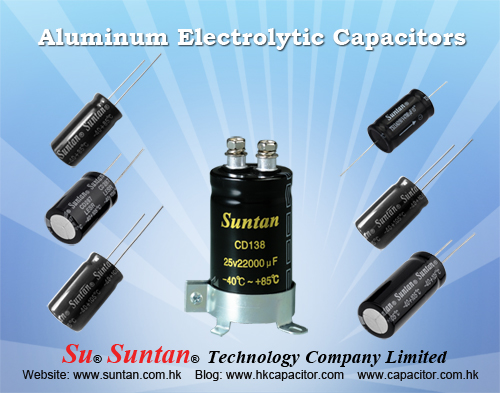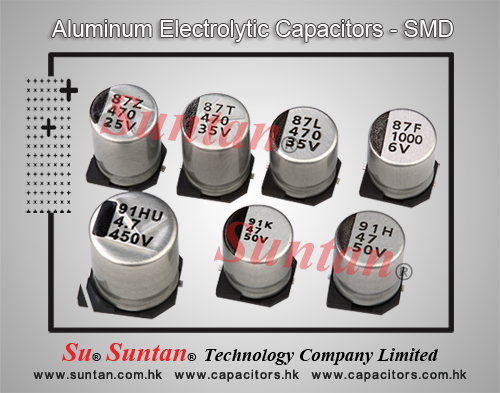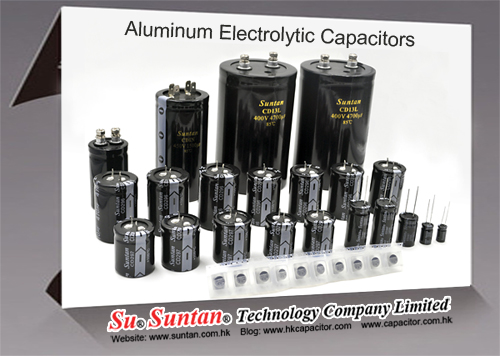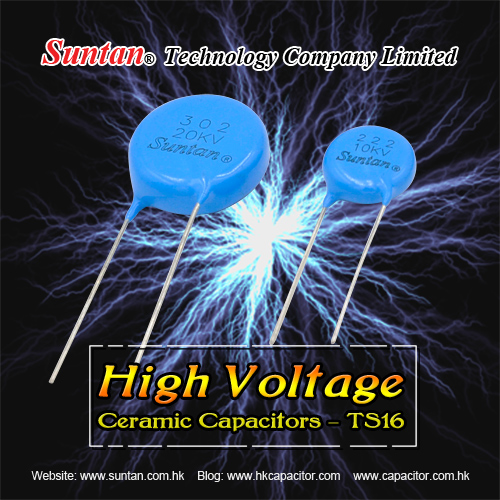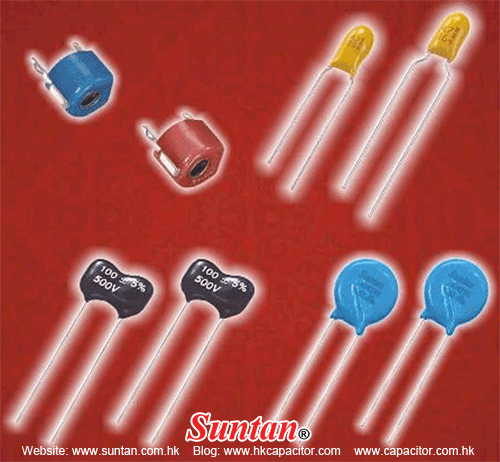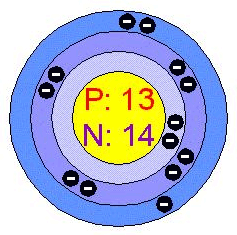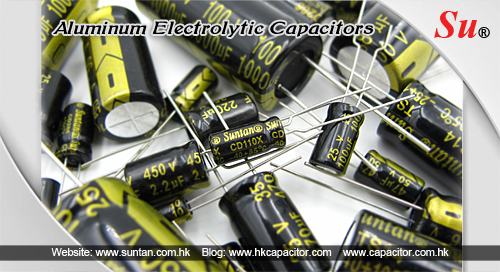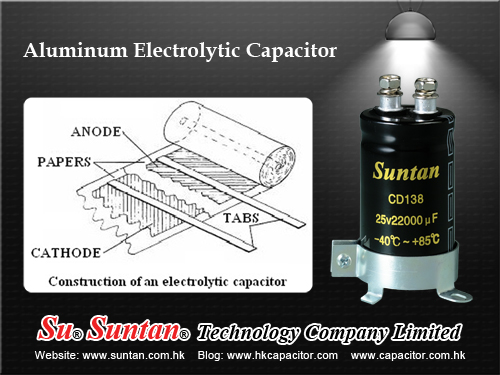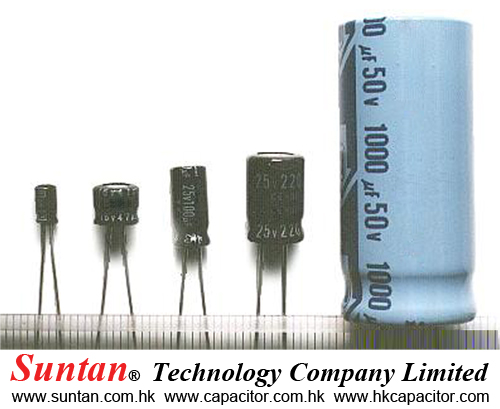Suntan: A guide to Capacitors
Suntan Technology Company Limited
---All Kinds of Capacitors
Also referred to as a condenser, a capacitor is a passive electrical component widely used to store electricity as an electrical charge.
There are many types of capacitors available on the market. You can find very small ones available as capacitor beads utilized in resonance circuits.
Large power factor correction capacitors are also available from very small to huge capacitors and everything in between, you would find a wide range of capacitors. However, they all serve one function and that is to store electrical charge.
The simplest type of capacitor available consists of 2 parallel conductive plates. These plates are separated via dielectric, an insulating material.
This insulating layer interrupts the flow of DC current via the capacitor. Instead of DC current, a voltage across the plates is present in the form of an electrical charge.
Conductive plates are available in various shapes such as circular, cylindrical and rectangular. The insulating layer is either in the form of waxed paper, Air, Plastic or even in certain type of liquid gel.
Electrical charge can be of two types namely positive and negative. Positive charge is present in the form of protons and negative charge in the form of electrons. The positive charge collects on a plate as soon as a voltage is placed across a capacitor. This is followed by a corresponding negative charge accumulation on the other plate. For each particle of positive charge a mining at one plate, a charge from similar will depart from- ve plate. The plates charge neutral. This is a potential different obtained from charge existing between two plates. The amount of charge that was deposited on the plates and the amount of capacitance the capacitor posses.
Capacitance is defined as the electrical property of a capacitor. It is the measure of the ability of capacitors for storing an electrical charge on two plates. In case, a voltage of (V) volts is connected across 2 plates capacitors, a positive electrical charge (2) will be present on one plate in coulombs and a negative charge on the other.This indicates that the capacitor will possess a capacitance valve equivalent to the amount of charge divided by voltage running across. This will proved the capacitance equation of (C=QV).
A good capacitor will have high dielectric resistance as well as zero plate resistance. This results in the charge flowing across the plates remaining constant for an indefinite period of time as soon as the source voltage was removed.
Suntan is a professinal in this capacitor lines. Suntan technical department are ready here to provide further supports and sales are waiting for new inquiry.
Old customers welcome to check offers with Suntan sales, and new customers, please click info@capacitors.com.hk to check prices and stocks !
For more details please check : http://www.capacitors.hk/
Thank you for your attention!
